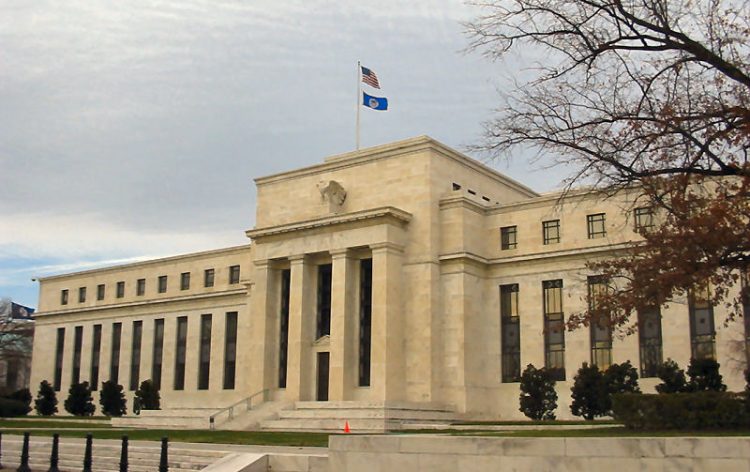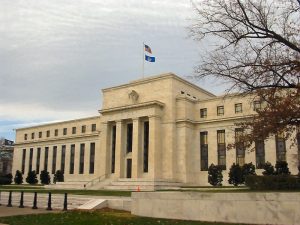What, Exactly, is Quantitative Easing?

 NEW YORK (Forex News Now) – FX trading news of the past two weeks has been buzzing with the phrase ‘quantitative easing’, often abbreviated as QE or QE2. The general consensus is that quantitative easing is bad, potentially destructive for the dollar, and something to be watched closely by any competent investor in the forex markets.
NEW YORK (Forex News Now) – FX trading news of the past two weeks has been buzzing with the phrase ‘quantitative easing’, often abbreviated as QE or QE2. The general consensus is that quantitative easing is bad, potentially destructive for the dollar, and something to be watched closely by any competent investor in the forex markets.
While most of that has at least some truth to it (and QE will more than likely drop the dollar further), there is a lot of confusion not just in the general populace but in the trading community as well regarding what is meant by the phrase.
Normally, a central bank – such as the Federal Reserve – has a variety of monetary tools to use at its disposal to influence the economy by controlling the supply of currency in the system. One of the more well-known tools is controlling the interest rate. Lower interest rates, in theory, encourage growth in an economy because borrowing money for projects, businesses, loans, and other activities is more affordable.
Currently, though, the interest rate is at a mere 0.25%, and doesn’t have much room to fall further. As a result, the Federal Reserve has one of its most prolific tools rendered mostly useless.
As an alternative, the Federal Reserve can expand its balance sheet, inject more money into the economy, and keep long-term interest rates low by quantitative easing. This is primarily accomplished through purchasing large amounts of assets, most notably Treasury securities.
Possible side effects
Of course, one noted side effect of this type of intervention is inflation, which results as more money is placed into the economy –thereby gradually lowering the purchasing power of the dollar. With QE, the Federal Reserve is essentially printing money to go into the economy whenever it buys these bonds and assets, which can keep interest rates low (theoretically) but can also cause inflation to rise.
Fortunately, since the first round of QE occurred in March, 2009, inflation has remained in check. With the recent FX trading news, though, of future efforts, chances are that any QE large enough to have any kind of positive effect on the economy will be so large that it will cause inflation to rise.
For example, some estimate that the Fed would pump approximately $1 trillion worth of money into the economy with its next round of QE, which could result in inflation indices rising.
At any rate, a fresh round of QE is likely to create bad FX trading news for investors eyeing the dollar, since such a move will more than likely send the dollar down further. Of course, while the dollar will fall, it will more than likely not stay down forever – meaning that a reversal in the near future is sure to come.



























Comments (0 comment(s))